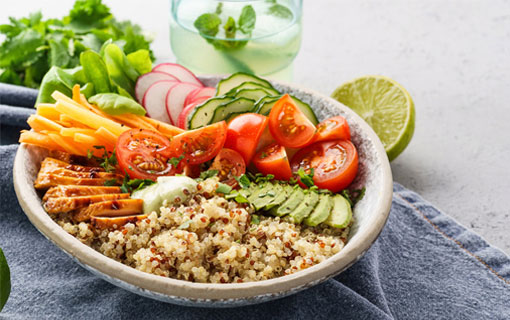Home / Top Tips for Low GI Living / The Ideal Low GI Meal
The Ideal Low GI Meal
What does the perfect low GI diet look like? Ideally each meal should contain half vege or salad, a quarter lean protein and a quarter low GI carbohydrates.
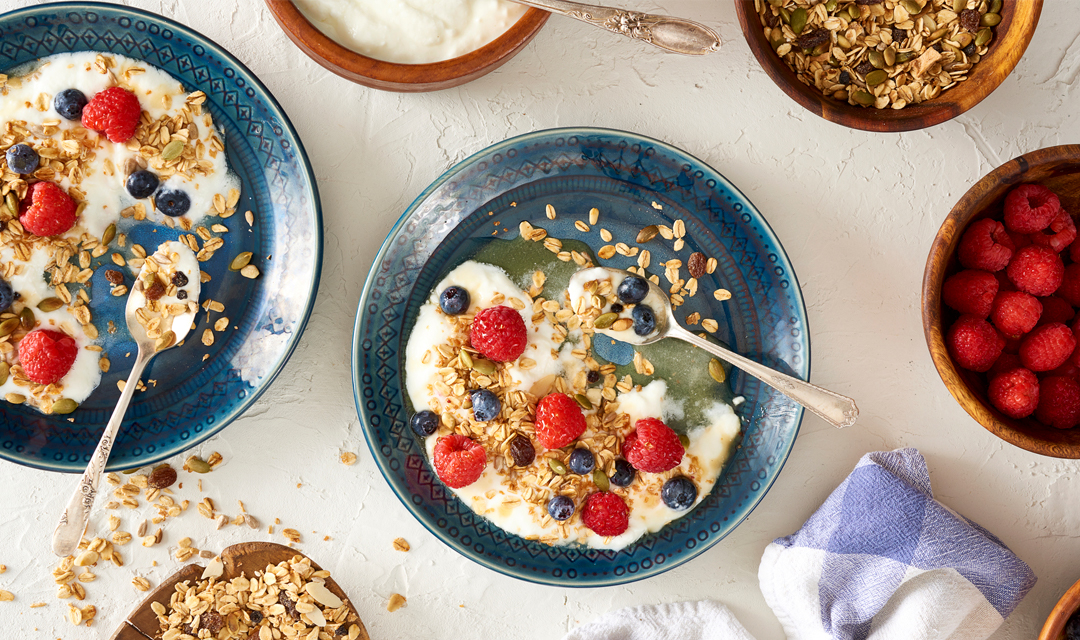
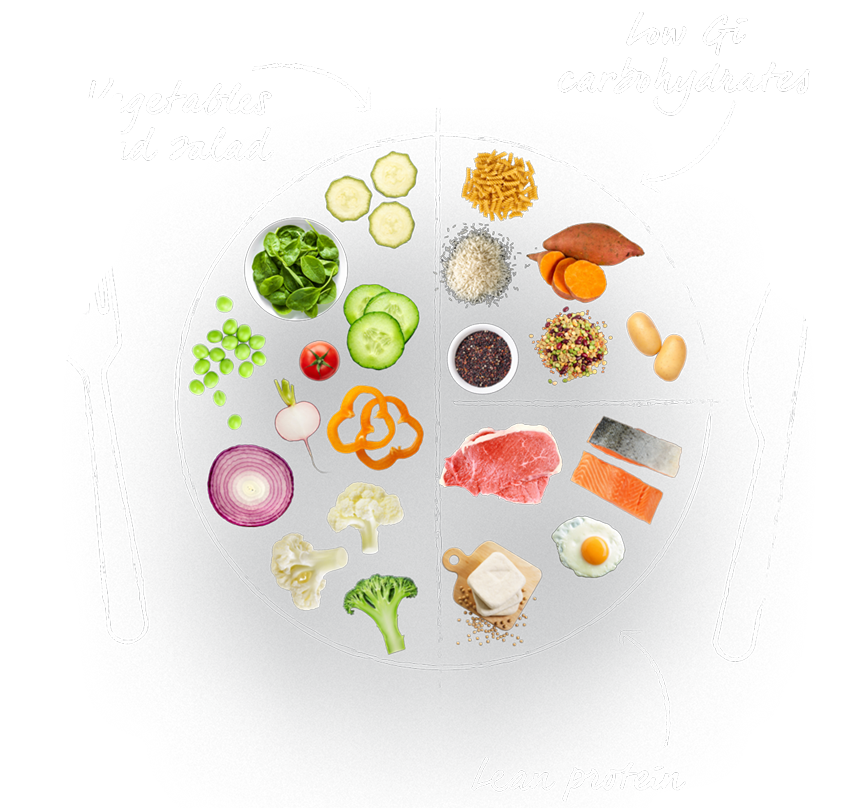
Low GI day on a plate
Aim to eat at least five serves of vegetables every day, with three or more different colours
Aim for 65-100g of protein. Good sources include lean meat, skinless chicken, fish, seafood, eggs, milk, yoghurt, cheese, legumes or tofu
Eat one serving of low GI carbohydrate at each meal. Try pasta cooked al dente, low GI rice, pearl couscous, soba noodles or quinoa
Handy guide to portions
Main meal portions
Snacking portion examples
How to make your recipe low GI
If you are feeling inspired to develop your own low GI recipe, here are a few simple steps to follow.
Aim for balance
Remember, a healthy low GI meal will be half vegetables/salad, quarter lean protein and quarter low GI carbohydrates
Focus on “swap, drop, add and reduce”
- Swap to low GI varieties of potatoes, rice and breads, or choose starchy foods that are naturally low GI such as carrots, parsnips, butternut pumpkin, sweetcorn, chickpeas, lentils and quinoa
- Drop fluffy white breads, baguettes and rolls, and larger servings of carbohydrates
- Add beans, chickpeas and lentils to meals, lemon juice to veggies and yoghurt to a curry
- Reduce the amount of starchy carbohydrate in your recipe. As a guide aim for:
- Potatoes – allow 1 medium spud (around 150g) per person
- Rice – a quarter or a third of a cup of uncooked rice (50–70g) per person / half a cup of cooked rice per person
- Pasta / noodles – 80–90g per person
- Pearl couscous – a third of a cup (or around 40g) per person
- Quinoa – a third of a cup (or around 60g) per person
Low GI meal guide
Breakfast
Your diet plays an important role in how energised you feel. Start the day off right by including low GI carbs at breakfast for sustained energy and better concentration.
Dinner
Often don’t feel satisfied after dinner? Including low GI carbs will help you feel fuller for longer, curbing those cravings to overeat.
Lunch
The sustaining power of low GI carbs at lunch means increased vitality, helping you to avoid the dreaded afternoon slump.
Snacks
If you find yourself in need of an afternoon pick me up, you don’t need to go hungry – just try to snack smart with healthier low GI options that offer sustained energy and keep you feeling fuller for longer.

Breakfast
Your diet plays an important role in how energised you feel. Start the day off right by including low GI carbs at breakfast for sustained energy and better concentration.
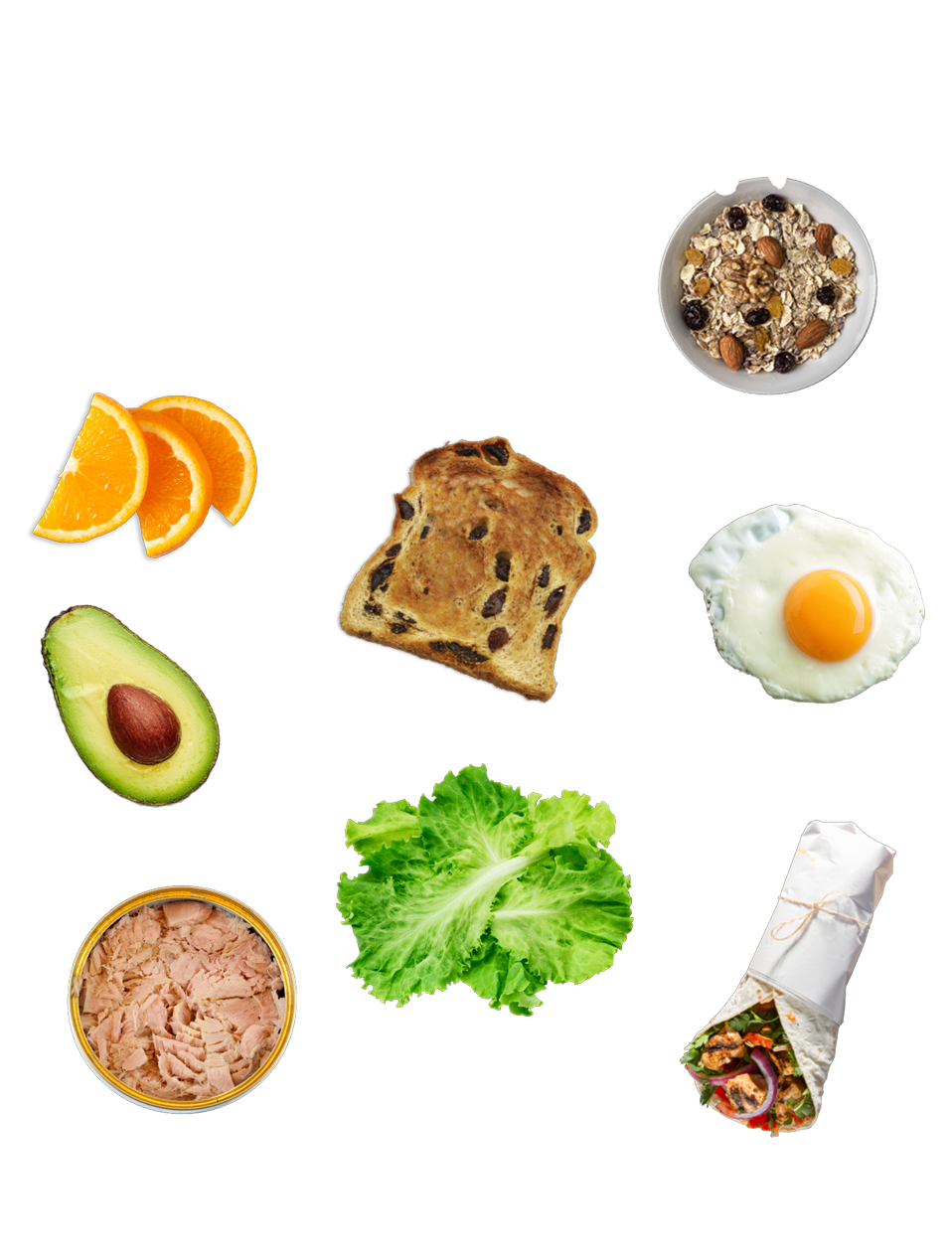
Lunch
The sustaining power of low GI carbs at lunch means increased vitality, helping you to avoid the dreaded afternoon slump.
Dinner
Often don’t feel satisfied after dinner? Including low GI carbs will help you feel fuller for longer, curbing those cravings to overeat.
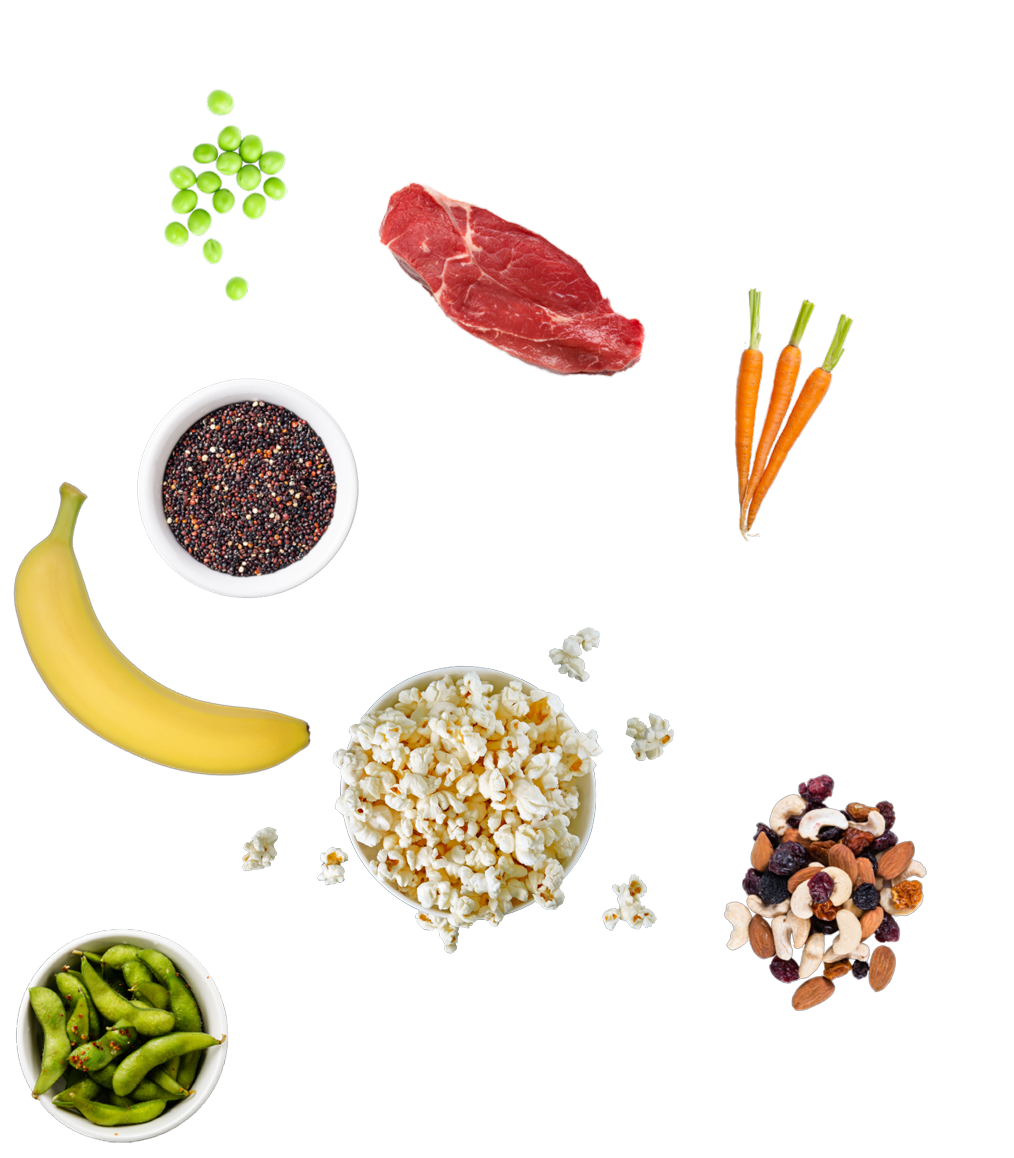
Snacks
If you find yourself in need of an afternoon pick me up, you don’t need to go hungry – just try to snack smart with healthier low GI options that offer sustained energy and keep you feeling fuller for longer.
Recommended for you
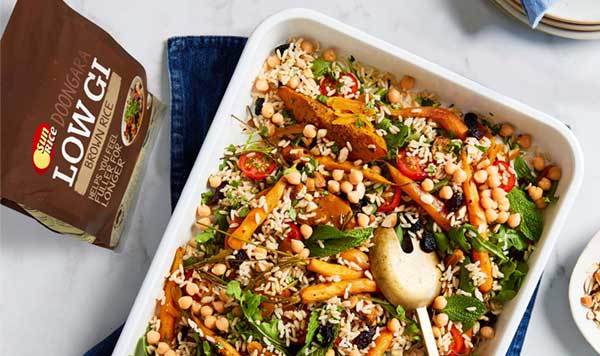
RECIPES
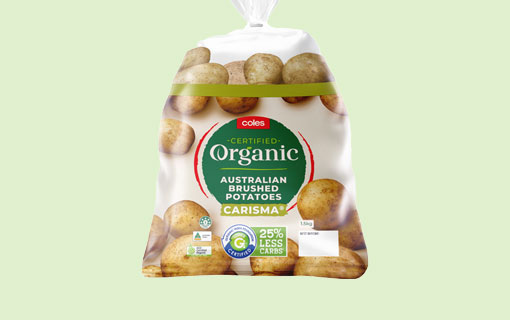
GI CERTIFIED PRODUCTS
DIABETES
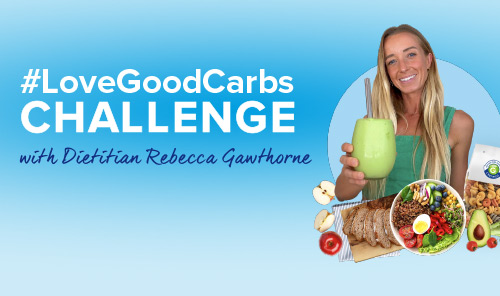
LOW GI LIVING

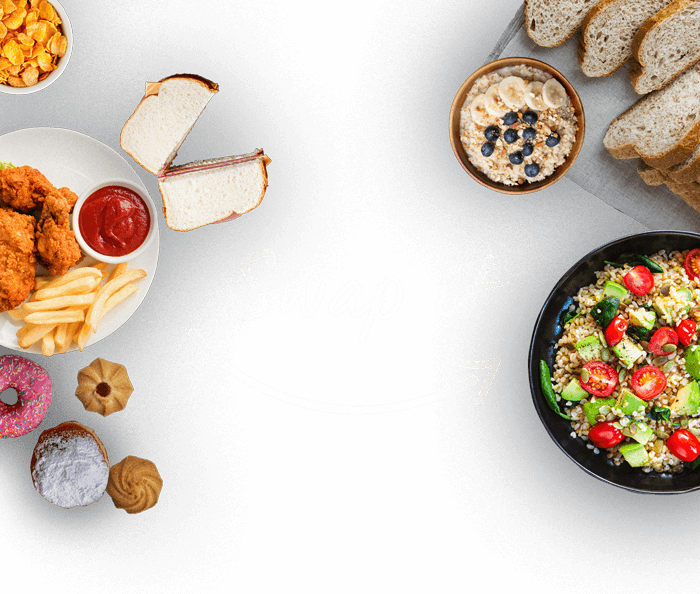
A low GI diet focuses on the quality of carbohydrates you eat. Good carbohydrates (or low GI carbohydrates) are more slowly digested helping keep your blood sugars stable, whereas bad carbohydrates cause your blood glucose levels to peak and crash. Want to know which carbohydrates are best for you? Try our swap it tool!


